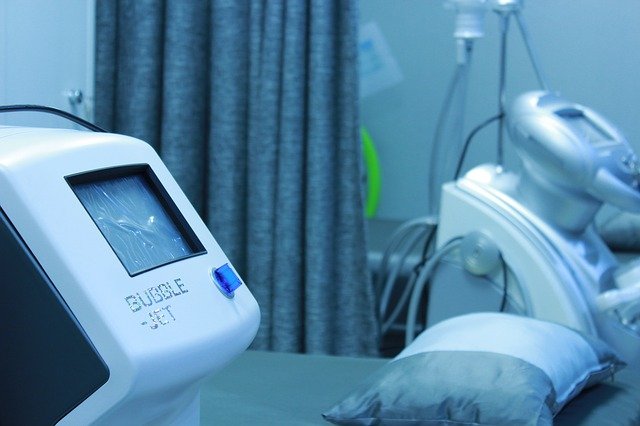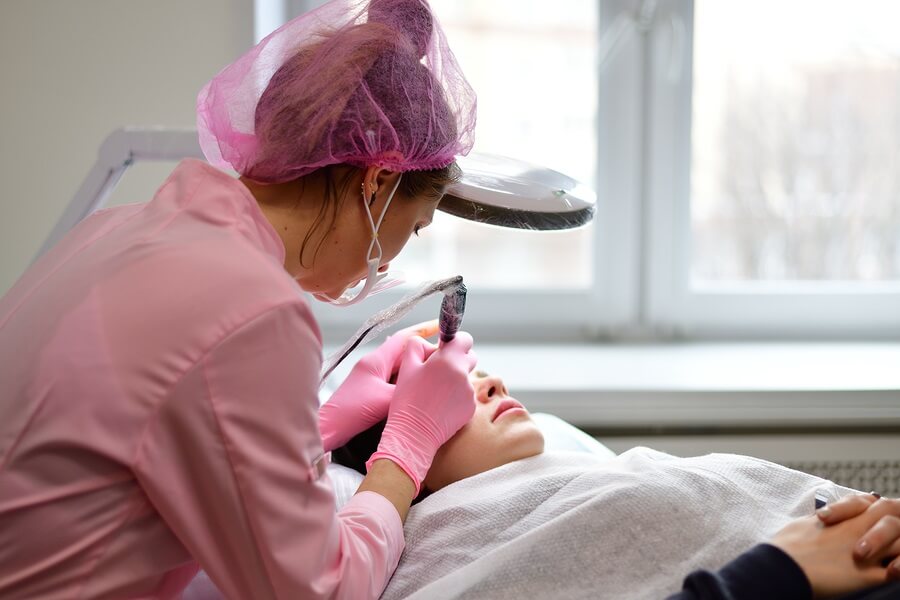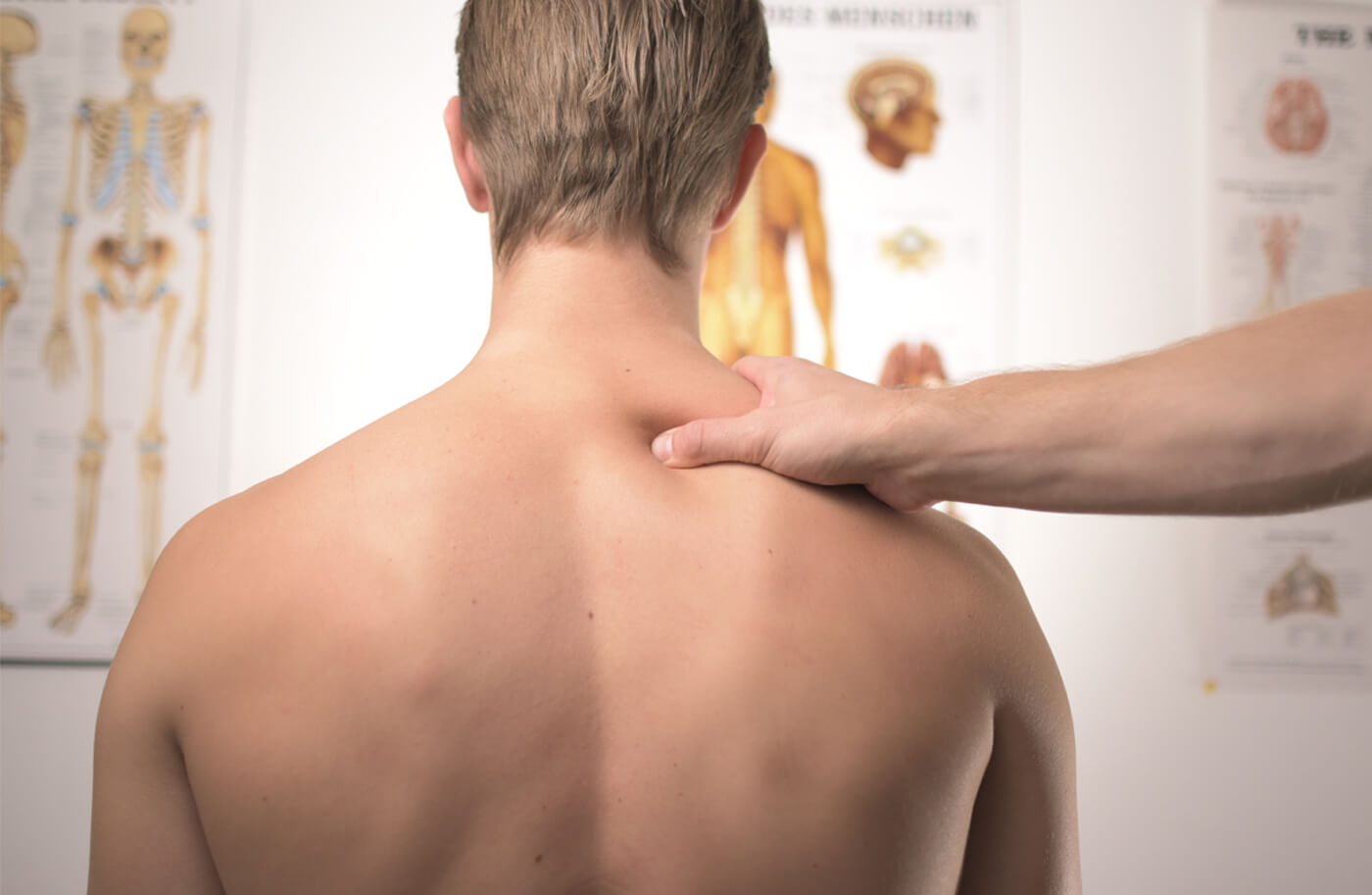Abstract
Treatment of fungal infections of nails such as onychomycosis, nail psoriasis involved oral therapy with antifungals, but it caused systemic side effects such as liver toxicity and bioavailability problems due to first pass metabolism and drug interactions. Therefore topical delivery through nails also known as transungual drug delivery system came into picture. But transungual delivery had its own challenges. Nail plate is made up of cross linked keratin linkages which impart extensive bonding responsible for hardness of the nail plate. To overcome these problems mechanical and chemical approaches were studied. Chemical ones included use of penetration enhancers which weaken the integrity of nail, enhancing flux through nails.
In spite of using these approaches topical permeability was limited by its barrier properties. This necessitated lookout for novel approaches which enhanced treatment efficacy and reduced treatment time. Approaches such as Iontophoresis, Ultrasound mediated drug delivery, Etching were investigated. Novel nail plate made up of human hair keratin was also investigated as an alternative model for studying flux across nail. Nail lacquers serve as most optimum carrier for antifungals. Development of newer penetration enhancers, studies on water based nail lacquers, nail varnish with antimycotic agent, are being studied extensively. Patch based delivery made up of an occlusive backing layer and a pressure sensitive adhesive matrix layer with the active agent, is also being investigated as an alternative treatment for onychomycosis. Efforts are made in inventing devices by which penetration through nail can be enhanced using a laser or by use of germicidal light for treating various skin infections. Newer technologies exhibit a lot of potential with fruitful results. Microneedles and UV light are under investigation for the scope in transungual drug delivery systems. The purpose of this review is to provide an overview of current approaches and promising approaches to treat nail infections, which could widen boundaries of this system.








